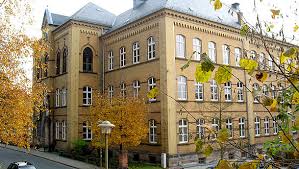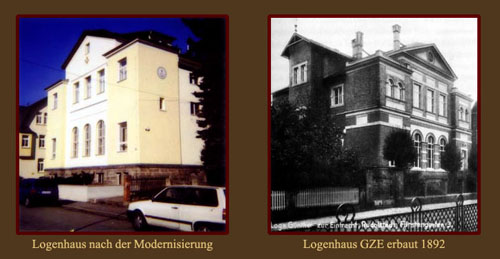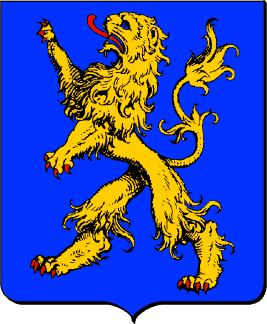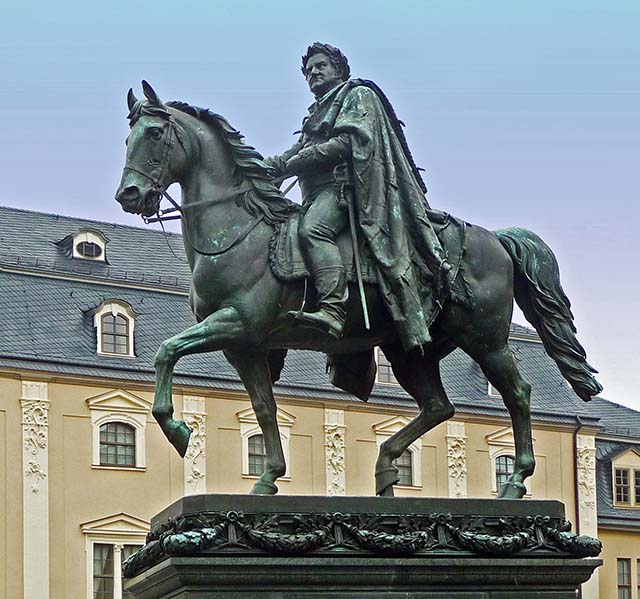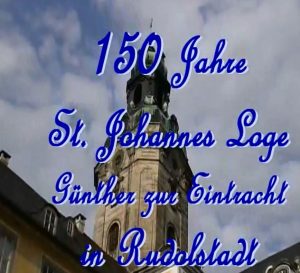Since its inception in 1663 until well into the 19th century, Rudolstädter Hofbuchdruckerei was among the most important economic and cultural undertakings in the principality of Schwarzburg-Rudolstadt. This print shop was founded in the wake of the mutual relationship with the letterpress and the Reformation. There was a huge increase in demand for Protestant literature, ephemera for school use, and personnel or occasional writings. The need for such a project was controversy in the Reformation lands. Luther in his “Table Talk” emphasizes: “The high benefits of Buchdruckerei”, through printing the Scriptures is opened and spread out in all tongues and languages, all arts and sciences are obtained, multiplied and propagated to our descendants.
In its heyday in the late 18th century to the first third of the 19th century, Hofbuchdruckerei became a company and received orders from 161 publishers, mainly from central and northern Germany, Denmark and the former Prussian provinces of East and West Prussia, Silesia and the Baltic province of Livonia under Russian rule.
Rudolstaft was a favourable geographical location for printing, because of the proximity to the fairgrounds of Leipzig, Nuremberg and Berlin, the university cities Weimar and Jena, and trade routes for distribution across Europe. In addition, local favourable economic factors included low prices and good supply of paper in the appended paper mills, and a long tradition of quality and reliability in an (almost) uncensored environment.
Source: Exhibition Rudolstädter Hofbuchdruckerei

Based on sources evaluated for the first time, the story of this Princely printing house between 1663 and 1824 is presented with a description of activities associated with the representation of this Publisher in Riga, Dresden and Leipzig.
Fröbelsche Hofbuchdruckerei Rudolstadt (1825 – 1875)
Günther Fröbel war ein Sohn von Carl Poppo Fröbel, der von 1811 bis 1878 lebte. Günther Fröbel druckte wahrscheinlich ab 1830 bis 1875
Geschichte des Klosters Paulinzelle
Ludwig Friedrich Hesse, Geschichte des Klosters Paulinzelle (Rudolstadt : Gedruckt in der Froebelschen Hofbuchdruckerei, 1815).
Beitrage Zur Landesgeschichte Des Furstenthums Schwarzburg-Rudolstadt (1864) (German) Hardcover
by Hofbuchdruckerei
Schwarzburgisches Sion; oder, Schwarzburgs geistliche liederdichter in biographischen skizzen nebst einer auswahl ihrer lieder. Zum besten des zu Rudolstadt zu gründenden rettungshauses für verwahrloste kinder.
Publisher: Rudolstadt, Gedruckt in der Fürstl. priv. hofbuchdruckerei, 1857.
